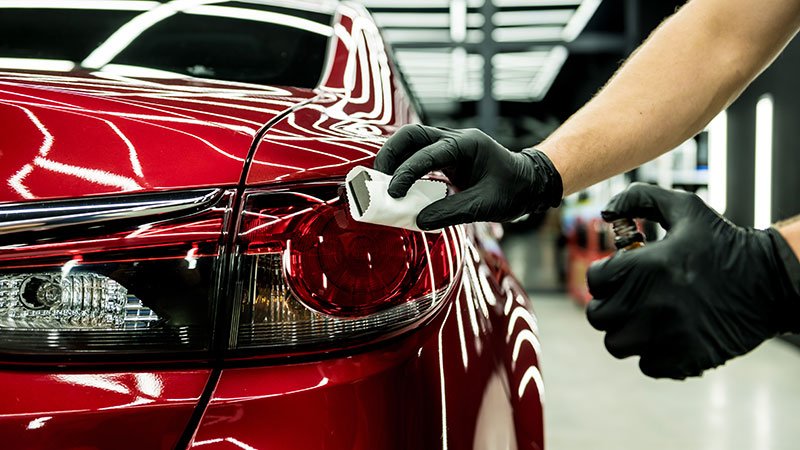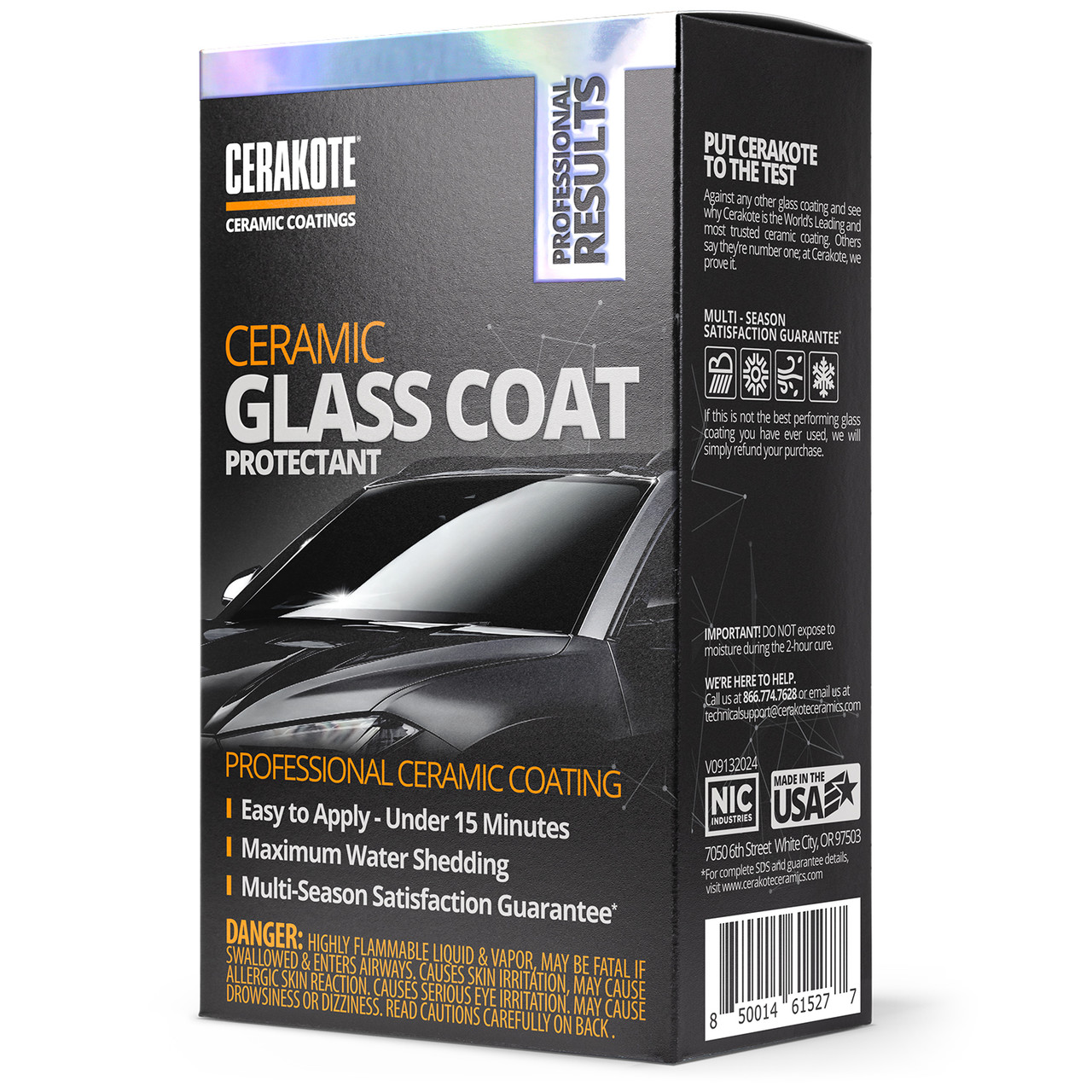Discover Premium Shine and Coating with High-End Ceramic Coating Denver
Discover Premium Shine and Coating with High-End Ceramic Coating Denver
Blog Article
A Comprehensive Overview to the Kinds of Ceramic Layer on the marketplace
Ceramic finishings have actually emerged as a critical remedy across numerous industries as a result of their distinct homes and applications. From silica-based formulations understood for their effectiveness to crossbreed alternatives that merge numerous benefits, the options available can be frustrating. Understanding the subtleties of each kind, including their specific advantages and suitable usage situations, is essential for making informed decisions. As we discover the distinctive attributes and applications of these layers, the implications for performance and durability come to be significantly obvious, questioning concerning which type could ideal fit your demands.
Comprehending Ceramic Coatings
Ceramic finishings are sophisticated safety options that have actually obtained popularity in numerous markets, specifically in vehicle and aerospace applications. These coverings contain a fluid polymer that, when healed, develops a long lasting, hydrophobic layer externally of the substrate. This layer provides boosted resistance to ecological pollutants, UV radiation, and chemical exposure, consequently expanding the life and aesthetic charm of the underlying product.
The fundamental element of ceramic coatings is silica, which adds to their firmness and resilience. The application process typically entails surface area prep work, application of the finish, and healing, which can be achieved via warm or UV light. When cured, ceramic coverings exhibit outstanding bonding homes, allowing them to stick strongly to a selection of surfaces, including metals, plastics, and glass.
In enhancement to their protective features, ceramic layers likewise use simplicity of maintenance. Their hydrophobic nature decreases the adherence of dirt and gunk, making cleaning easier and less frequent. In general, the adoption of ceramic layers represents a substantial innovation in surface protection modern technology, providing both aesthetic and practical advantages across numerous markets.
Kinds of Ceramic Coatings
Various sorts of ceramic layers are readily available, each designed to satisfy details performance demands and applications. The most common types include:
Silica-based Coatings, these finishings largely include silicon dioxide and are understood for their toughness and chemical resistance. They are commonly made use of in commercial and vehicle applications.
Titanium Dioxide Coatings: Distinguished for their photocatalytic homes, titanium dioxide layers are usually applied in settings where self-cleaning and antifungal buildings are preferable, such as in structure products and automotive finishes.
Zirconia Coatings are characterized by their high-temperature stability and thermal resistance, zirconia layers are made use of in applications such as wind turbine engines and high-performance automotive parts.
Alumina Coatings, Showing excellent solidity and thermal security, alumina finishes are frequently utilized in wear-resistant applications, including reducing devices and commercial machinery.
Crossbreed Coatings:Incorporating the residential or commercial properties of numerous materials, crossbreed layers supply improved performance characteristics, making them ideal for special and demanding applications.
Each kind of ceramic coating serves distinctive objectives, allowing users to choose the most proper remedy based on particular environmental problems and performance needs.
Advantages of Ceramic Coatings

Along with resilience, ceramic finishings give outstanding hydrophobic residential or commercial properties, enabling easy cleaning and upkeep. This water-repellent nature reduces the adherence of dirt, grime, and various other pollutants, which can lengthen the aesthetic appeal and functionality of the surface. Additionally, ceramic coverings can significantly enhance thermal resistance, making them suitable for applications that sustain heats.
Ceramic coatings can add to power performance by reflecting warm, which is particularly valuable in auto and industrial settings. On the whole, the countless advantages of ceramic coatings make them a beneficial financial investment for various applications, making sure optimal efficiency and defense.
Application Refine
When using ceramic finishings, a precise method is vital to accomplish optimal results. The application process usually starts with comprehensive surface prep work. This includes washing, sanitizing, and polishing imp source the surface area to get rid of all impurities, including dirt, oil, and prior waxes or sealants. A clean surface area makes sure proper adhesion of the layer.
When the surface area is prepped, the next action is to apply the ceramic covering. This can be done making use of an applicator pad or a microfiber cloth, guaranteeing also insurance coverage. It is critical to operate in little sections to preserve control and stop premature treating - Ceramic Coating Denver. The finish needs to be used in slim layers, as thicker applications can lead to uneven surfaces.
After application, the layer needs a certain curing time, usually ranging from a couple of hours to a complete day, depending upon the product. During this time, it is essential to avoid exposure to moisture or impurities. Finally, a mild buffing may be needed after treating to enhance the gloss and get rid of any type of high spots. my latest blog post Following these steps diligently will make the most of the efficiency and longevity of the ceramic finishing, providing a long lasting protective layer for the surface area.
Upkeep and Longevity
To make certain the long life and effectiveness of a ceramic layer, normal upkeep is vital. Ceramic coatings, understood for their longevity and protective qualities, need specific care routines to optimize their life-span and efficiency.
Along with regular cleaning, routine assessments are critical. Try to find indicators of wear or damage, such as hydrophobic residential properties reducing or surface area blemishes. A light gloss may be applied to revitalize the finish without stripping it away. if required - Ceramic Coating Denver.
Moreover, the application of a booster spray can enhance the finish's hydrophobic impacts and recover its gloss. This is especially helpful for layers that have actually been in use for an extended duration. Inevitably, by sticking to these maintenance practices, one can substantially expand the life of a ceramic coating, ensuring that it remains to offer optimum defense against ecological aspects and keep the visual appeal of the lorry.

Conclusion
In verdict, ceramic coverings stand for a flexible option for a variety of applications, supplying a variety of kinds such as silica, titanium zirconia, dioxide, and alumina. Each type provides unique benefits, consisting of longevity, self-cleaning homes, high-temperature security, and put on resistance. The application procedure and recurring upkeep play important functions in making the most of the durability and blog here performance of these coatings. Generally, ceramic coatings contribute considerably to enhancing the toughness and performance of numerous surfaces throughout numerous industries.
Ceramic finishes have emerged as a critical solution throughout numerous industries due to their one-of-a-kind residential properties and applications.Ceramic finishings are sophisticated safety solutions that have actually gotten popularity in different sectors, specifically in aerospace and automobile applications. Ceramic coatings can significantly boost thermal resistance, making them excellent for applications that endure high temperatures.
In general, the many advantages of ceramic finishes make them a valuable financial investment for different applications, making certain optimal efficiency and defense.
In conclusion, ceramic coatings represent a functional solution for a range of applications, using a range of kinds such as silica, titanium zirconia, dioxide, and alumina.
Report this page